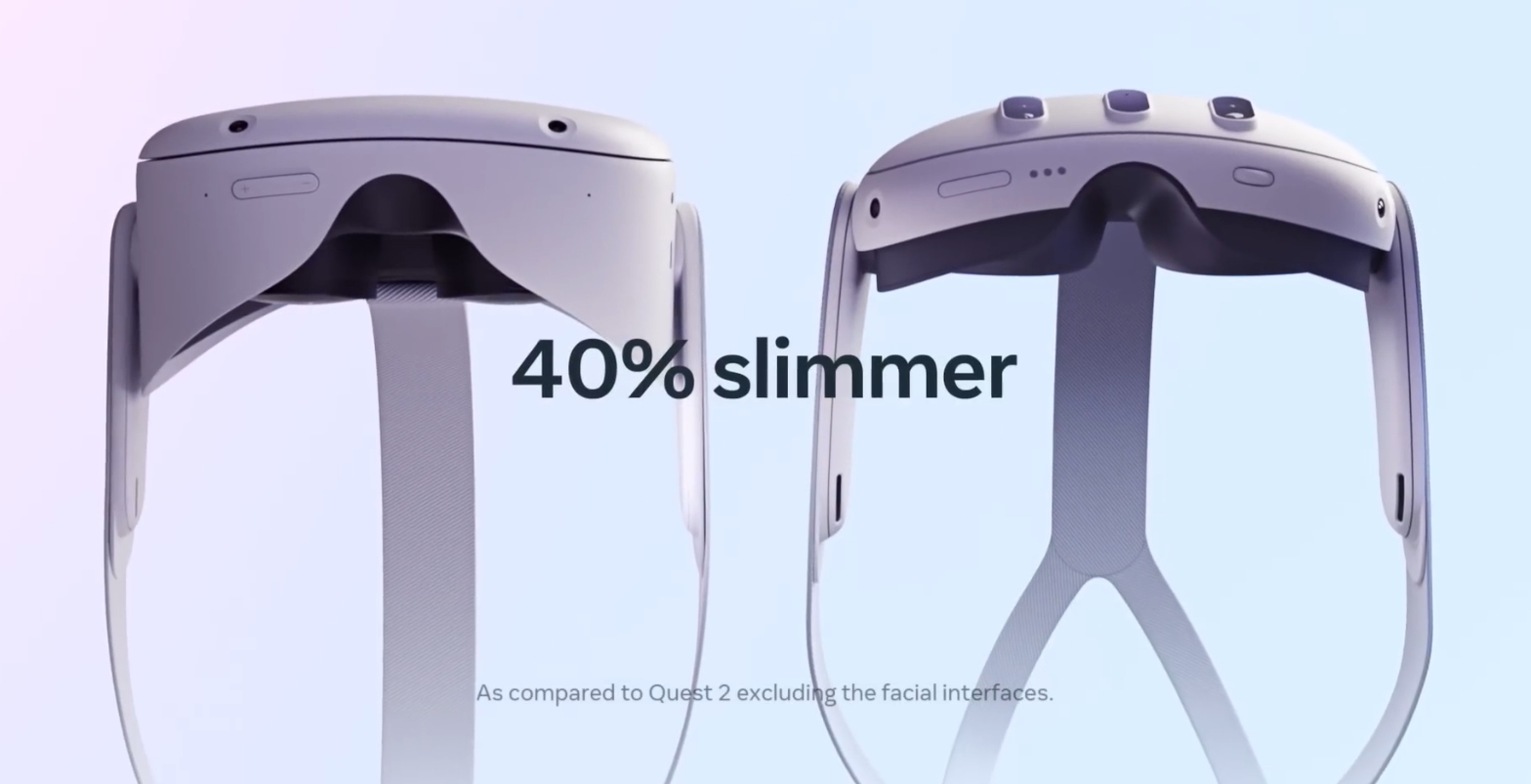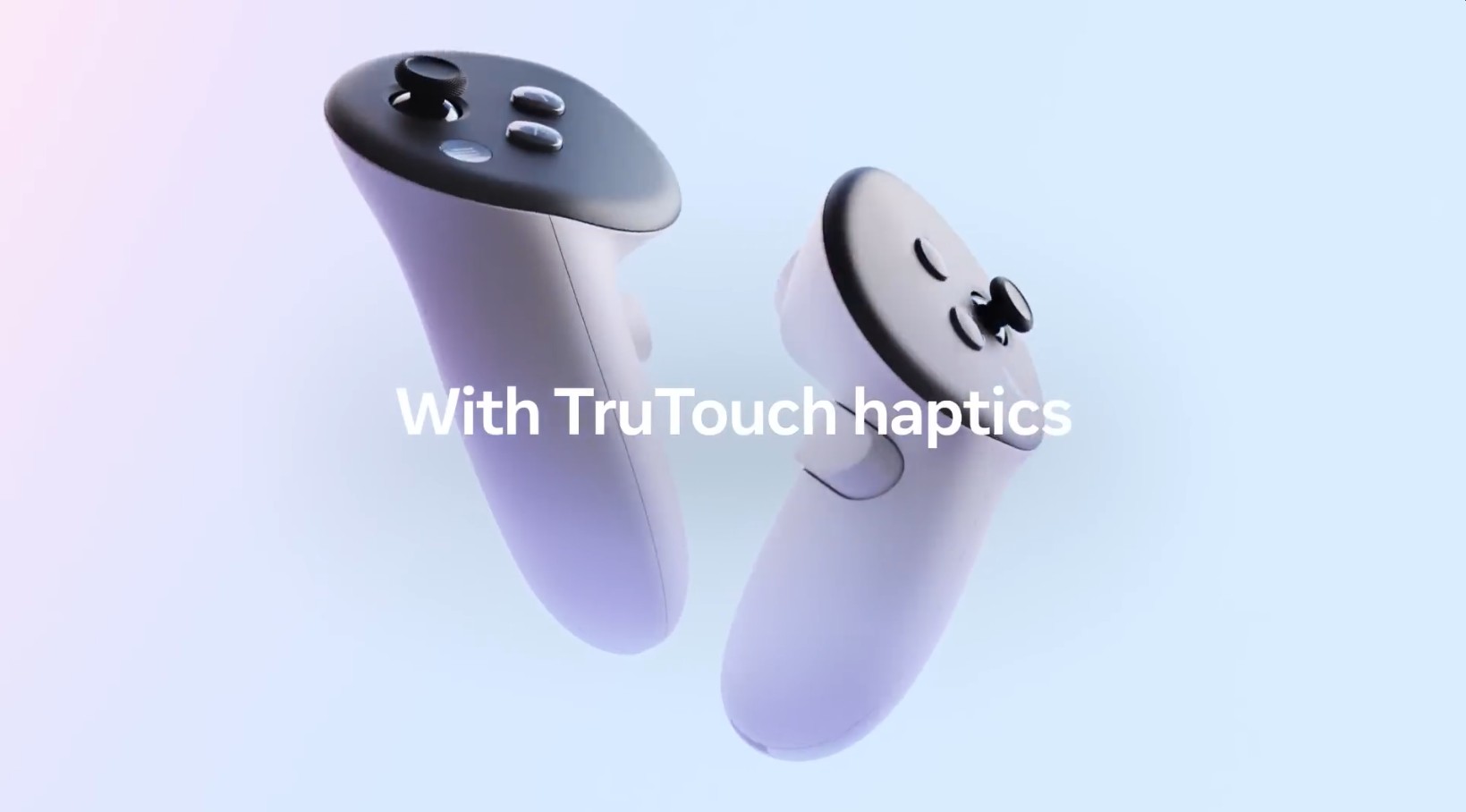The landscape of education is ever-evolving, and the integration of technology into learning environments has been a significant catalyst for change. Virtual Reality (VR) has already made its mark, offering immersive learning experiences that can’t be replicated in a traditional classroom. With the upcoming release of the Meta Quest 3, the potential for educational applications is set to reach new heights. Here’s how the Quest 3 could revolutionize education.

Enhanced Mixed Reality Capabilities
One of the standout features of the Quest 3 is its focus on mixed reality. The headset comes equipped with new color passthrough cameras and a depth sensor, allowing for a seamless blend of the physical and virtual worlds. Imagine a biology class where students can interact with 3D models of cells or organs, superimposed onto their real-world lab tables. The depth sensor will enable the headset to understand the room’s layout, making it easier for educators to design experiences that integrate real-world objects into the learning process.
High-Resolution Display and Improved Performance
The Quest 3 promises a nearly 30% leap in resolution from its predecessor, coupled with a next-gen Snapdragon chipset offering more than twice the graphics performance. This means clearer, more detailed visuals, which is crucial for educational applications where fine details matter, such as medical training or engineering simulations.
Environmental Awareness and Smart Room Detection
Unlike its predecessors, the Quest 3 is expected to identify walls and other environmental features automatically, thanks to its depth sensor. This feature could be particularly useful in educational settings for safety reasons, ensuring that students stay within a designated ‘safe zone’ while immersed in a virtual experience.
Collaborative Learning Through Colocation
The Quest 3 supports colocation, allowing multiple users to interact with identical virtual objects in a shared physical space. This opens up exciting possibilities for collaborative learning. Students could work together on a virtual physics experiment or explore a historical site, each from their perspective, while still being able to interact with each other.

Lighter Design for Extended Comfort and Accessibility
The Quest 3’s “40% slimmer optic profile” isn’t just an aesthetic improvement; it’s a game-changer for educational settings. The lighter and more streamlined design allows for extended use without the discomfort or fatigue that can come from bulkier headsets. This ergonomic advantage is particularly beneficial for longer educational sessions, whether it’s a virtual field trip or an in-depth lab experiment. The reduced weight also makes the device more accessible for younger students, ensuring that learners of all ages can comfortably engage with immersive educational experiences.
Intuitive Controllers for Fine-Tuned Interactions
The new Touch Plus controllers are designed for more intimate and fine-tuned interactions. They ditch the bulky tracking rings of previous models, allowing for closer hand movements. This could be particularly beneficial for subjects that require precise control, such as art and design, where students could manipulate virtual clay or paint with more finesse than ever before.

Accessibility and Affordability
While the Quest 3 comes with a relatively steep $500 price tag, its value proposition extends far beyond the initial investment. Offering 128GB of storage in its base model, the device provides ample space for a wide range of educational applications and content. When compared to other educational technologies and materials, the Quest 3 stands as a comprehensive solution that justifies its cost. Additionally, its standalone capability eliminates the need for a high-end PC, reducing the overall expenditure for schools. In essence, the Quest 3 offers a robust, all-in-one educational platform that, despite its premium price, delivers long-term value and accessibility for institutions.
Conclusion
The Meta Quest 3 is not just a gaming device; it’s a powerful educational tool with the potential to transform how we teach and learn. Its enhanced features like high-resolution display, improved performance, and advanced sensors make it ideal for creating immersive, interactive educational experiences. As we look towards the future of education at Axon Park, it’s clear that technologies like the Quest 3 will play an increasingly important role in shaping next-generation learning environments.




